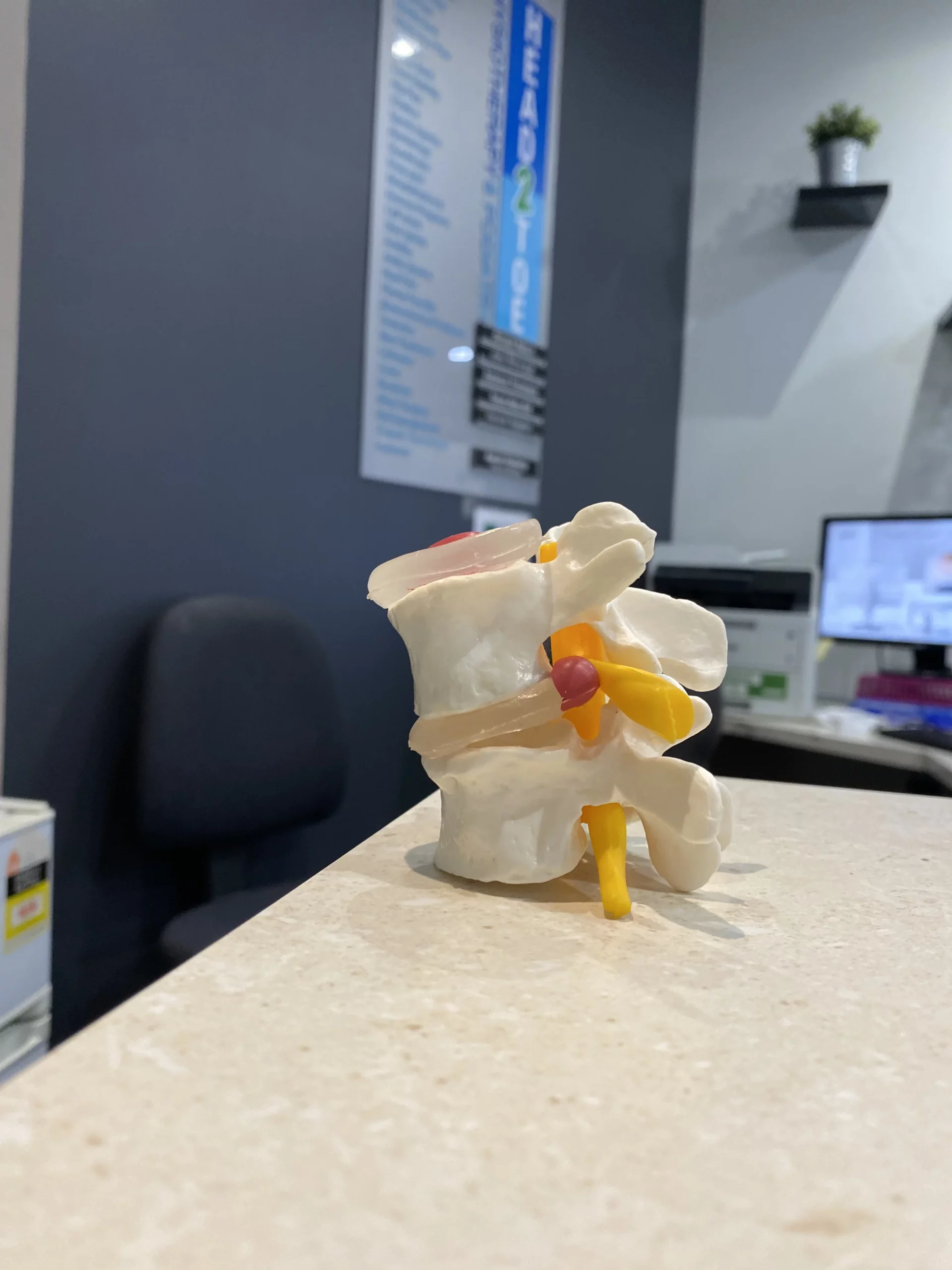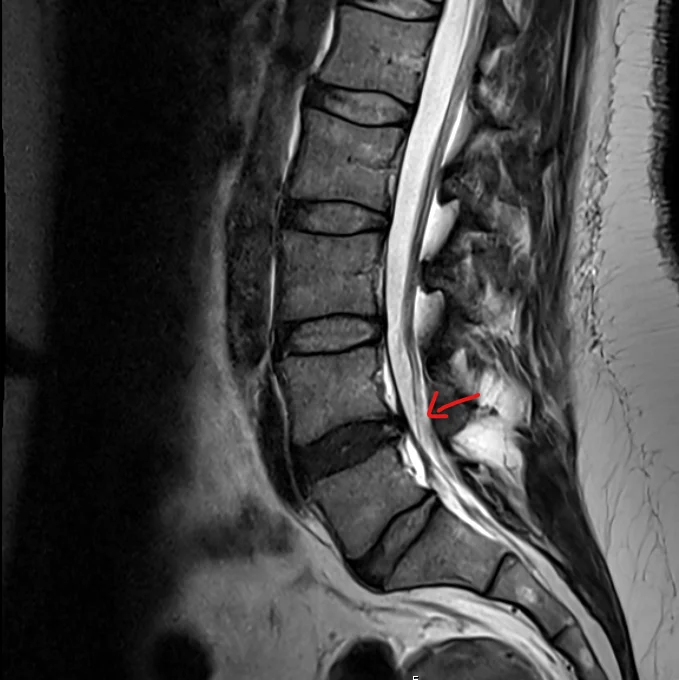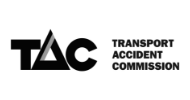
Disc bulges are treated with physio regularly It is a common way people with disc issues get better. Disc bulges can be a painful condition that is responsible for 85-90% of all lower back issues. It can occur from a lifting injury, poor posture, or overloading with activities. Disc bulges are also known as disc herniations, protrusions and degeneration.
Disc Bulge Symptoms
- Dull aches in the centre or side of the back
- Muscle tightness or spasm
- Pain going into the hip or lower back
- Weakness in the leg
- Pins, needles and numbness in the leg
Disc Bulge Treatment
Physio treatment for disc bulges in the lower back from physios involve trying to calm the muscles and spine down so the inflammation can settle and the disc can naturally heal.
Disc bulge physio treatment includes:
- Hands on manual therapy to loosen stiffened joints
- Dry needling or massage to calm down tightened muscles
- Biomechanical taping to support the back to offload it while it is healing
- Clinical pilates exercises to strengthen the core and glutes
- Self management pain reduction techniques.
Do I need Surgery for a Disc Bulge?
For 90-95% of cases surgery is not required. This is because disc bulges can heal by themselves. They often just need to be treated in the right way so that this can happen. People that need surgery for disc bulges often have severe pain that has not become better over several weeks despite physio treatment or is experiencing unusual symptoms such as loss of bladder and bowel control. It is recommended that disc bulges get physio treatment first before considering surgery.

Do I Need Imaging of my Lower Back?
Very rarely is imaging required for lower back pain. This is because the tests that a physio does for disc bulges and lower back pain can figure out what the issue is. Even accurate imaging such as MRI’s do not show everything that may be causing your lower back pain. For example an MRI cannot tell if a muscle is not strong enough that’s causing your issue to happen. MRI’s can cost up to $350 at the time of writing for the lower back pain. We instead advise using that to better use by getting a physio assessment and treatment in the same session for a fraction of the price to get better instead.
As a physio many patients who end up getting imaging do not have a change in management plan either as a result.
Imaging is only required if you are not getting better and are getting extreme symptoms.








